Intro to LSTMs
Introduction to Deep Learning with Keras

Miguel Esteban
Data Scientist & Founder
What are RNNs?
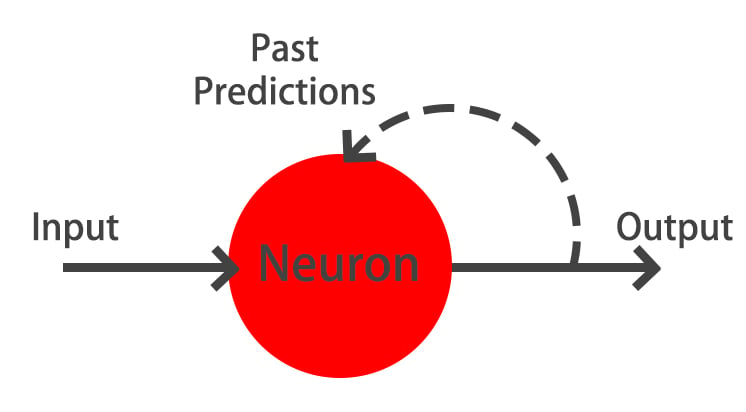
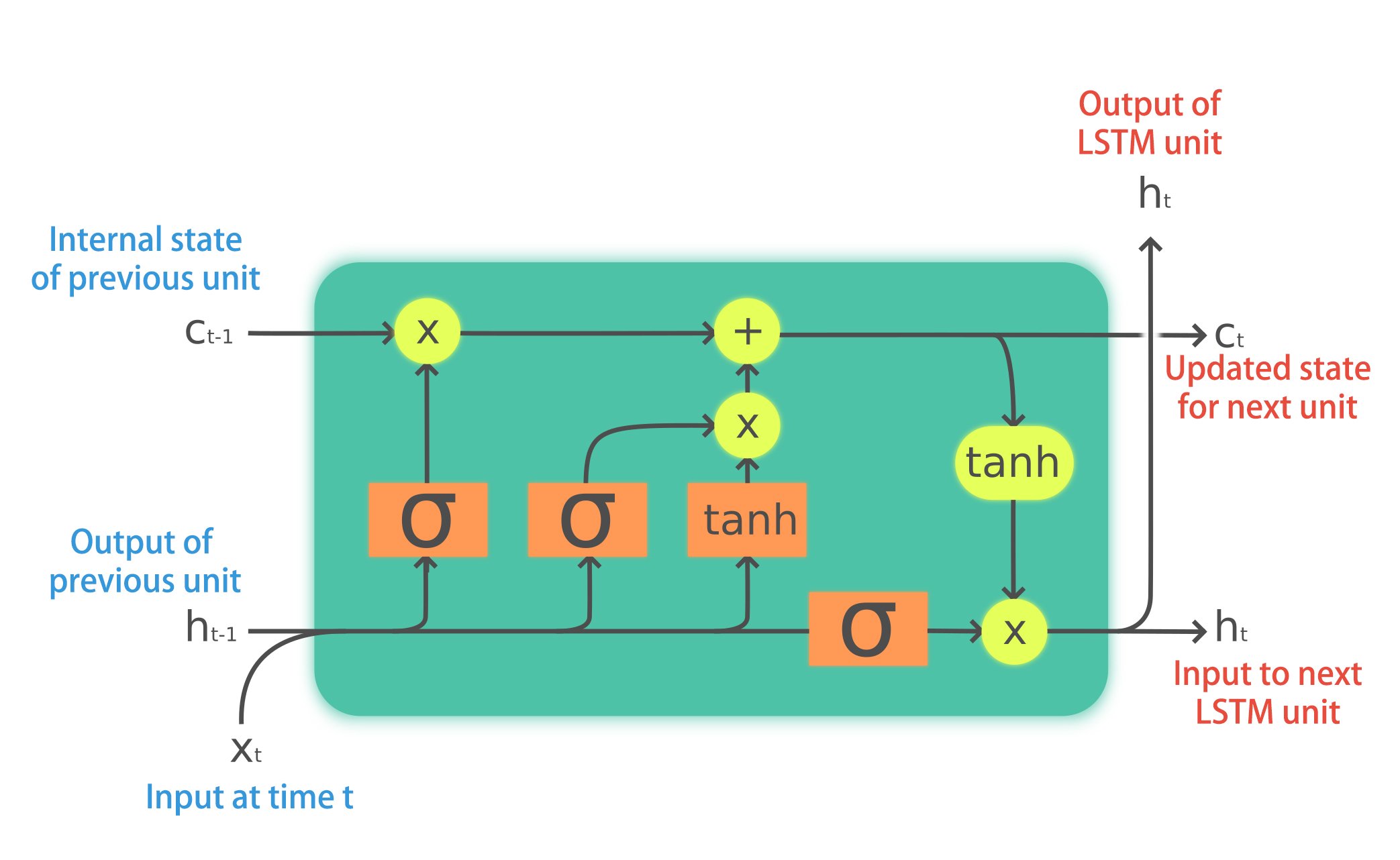
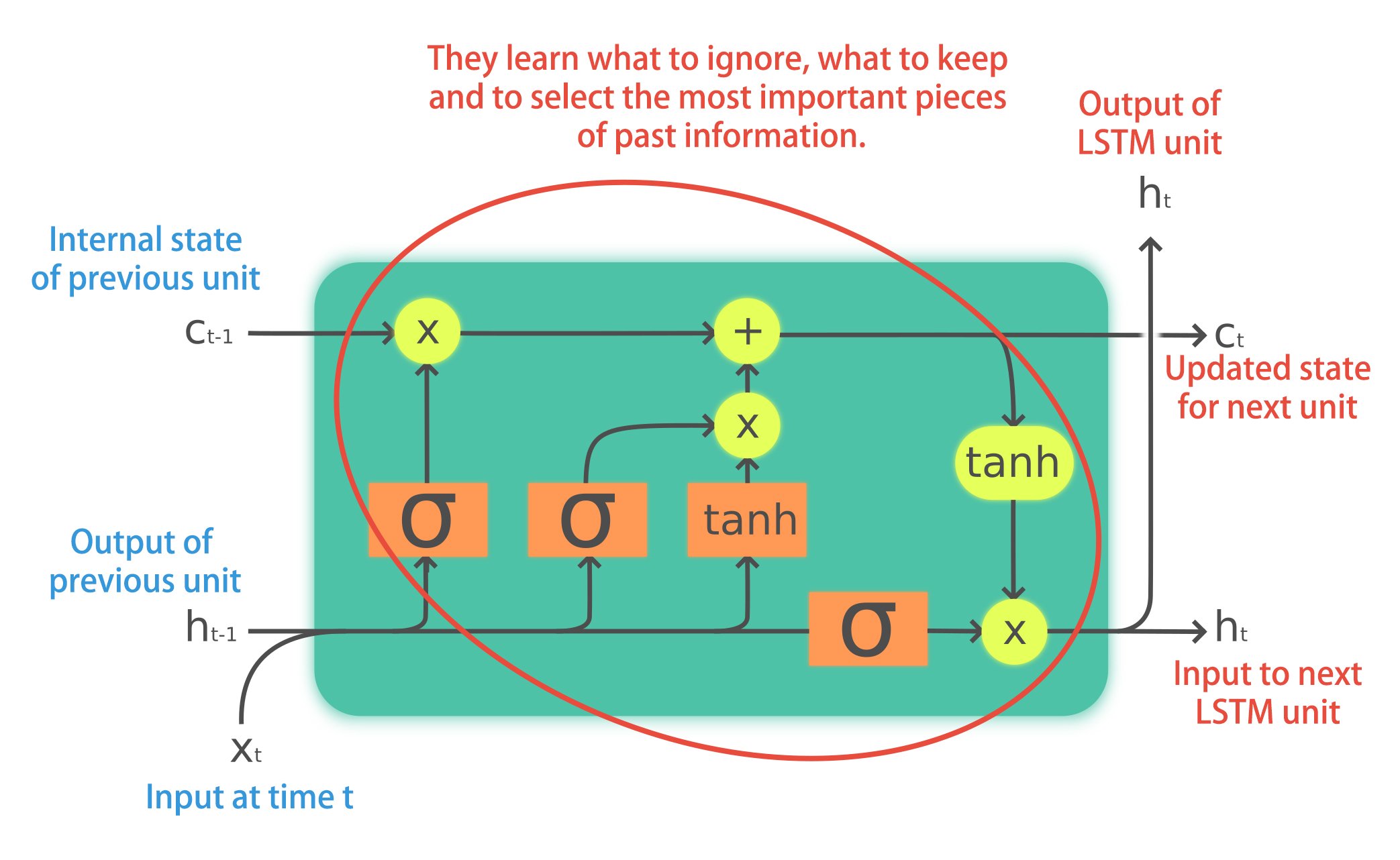
When to use LSTMs?
- Image captioning
- Speech to text
- Text translation
- Document summarization
- Text generation
- Musical composition
- ...
1 Karpathy, A., & Fei-Fei, L. (2015). Deep visual-semantic alignments for generating image descriptions.
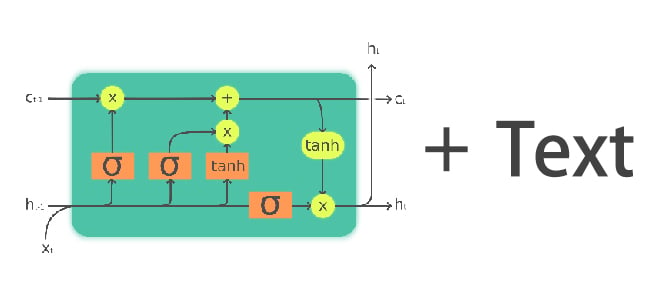
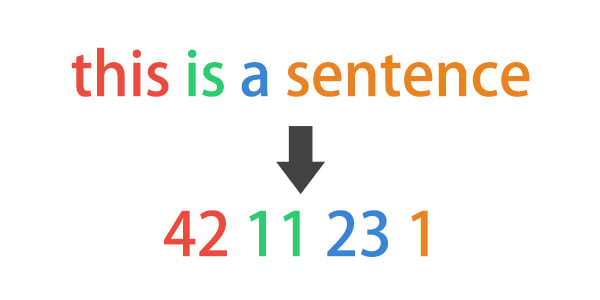
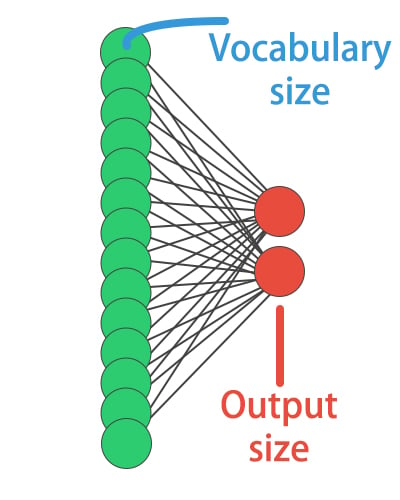
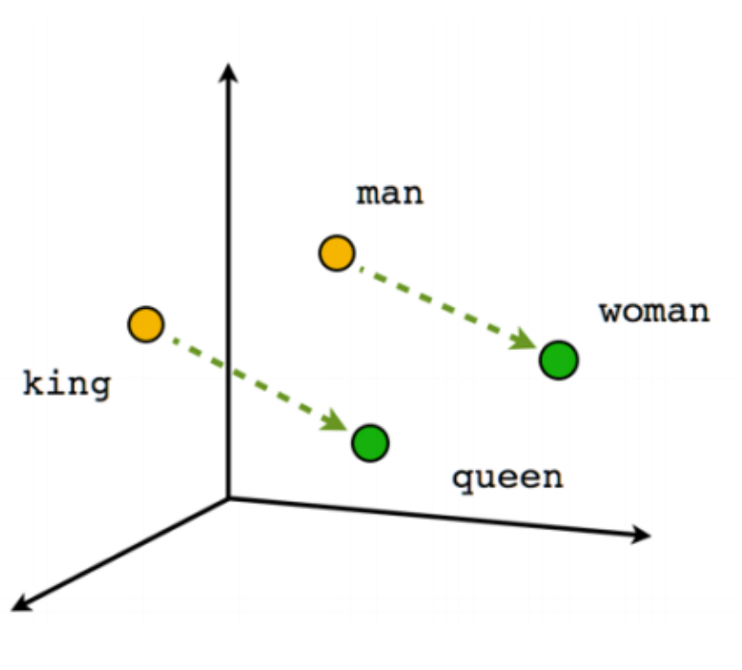
text = 'Hi this is a small sentence'
# We choose a sequence length
seq_len = 3
# Split text into a list of words
words = text.split()
['Hi', 'this', 'is', 'a', 'small', 'sentence']
# Make lines
lines = []
for i in range(seq_len, len(words) + 1):
line = ' '.join(words[i-seq_len:i])
lines.append(line)
['Hi this is', 'this is a', 'is a small', 'a small sentence']
# Import Tokenizer from keras preprocessing text from tensorflow.keras.preprocessing.text import Tokenizer# Instantiate Tokenizer tokenizer = Tokenizer()# Fit it on the previous lines tokenizer.fit_on_texts(lines)# Turn the lines into numeric sequences sequences = tokenizer.texts_to_sequences(lines)
array([[5, 3, 1], [3, 1, 2], [1, 2, 4], [2, 4, 6]])
print(tokenizer.index_word)
{1: 'is', 2: 'a', 3: 'this', 4: 'small', 5: 'hi', 6: 'sentence'}
# Import Dense, LSTM and Embedding layers from tensorflow.keras.layers import Dense, LSTM, Embedding model = Sequential()# Vocabulary size vocab_size = len(tokenizer.index_word) + 1# Starting with an embedding layer model.add(Embedding(input_dim=vocab_size, output_dim=8, input_length=2))# Adding an LSTM layer model.add(LSTM(8)) # Adding a Dense hidden layer model.add(Dense(8, activation='relu'))# Adding an output layer with softmax model.add(Dense(vocab_size, activation='softmax'))
Let's do it!
Introduction to Deep Learning with Keras


